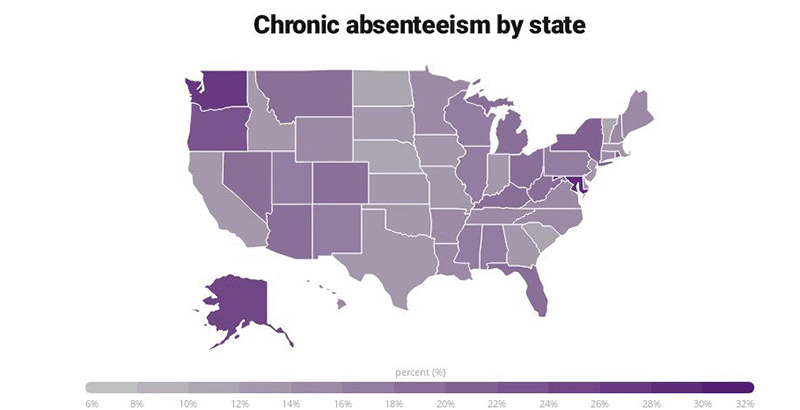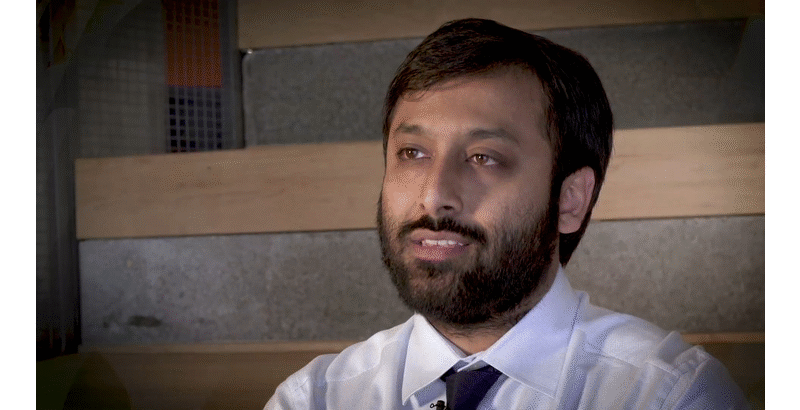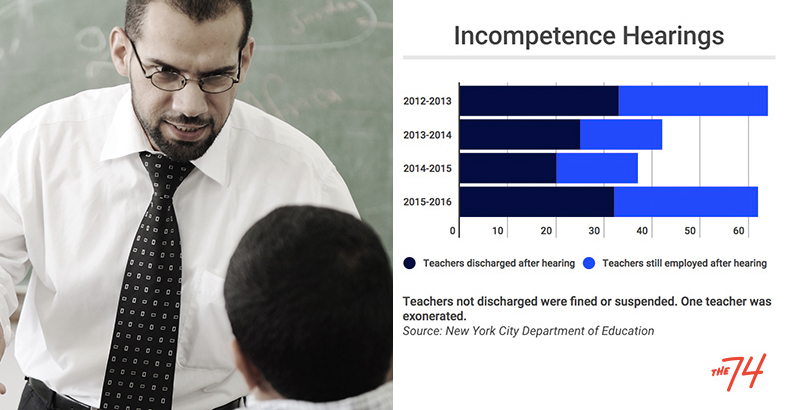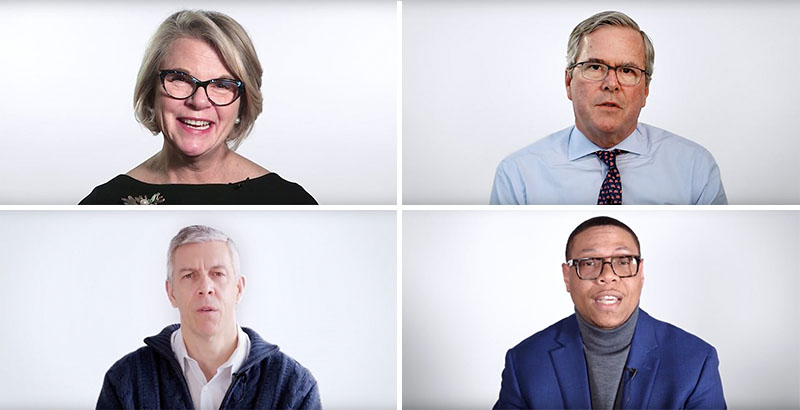Best of September: The 9 Most Popular Articles, Investigations, and Videos About Schools We Published This Month
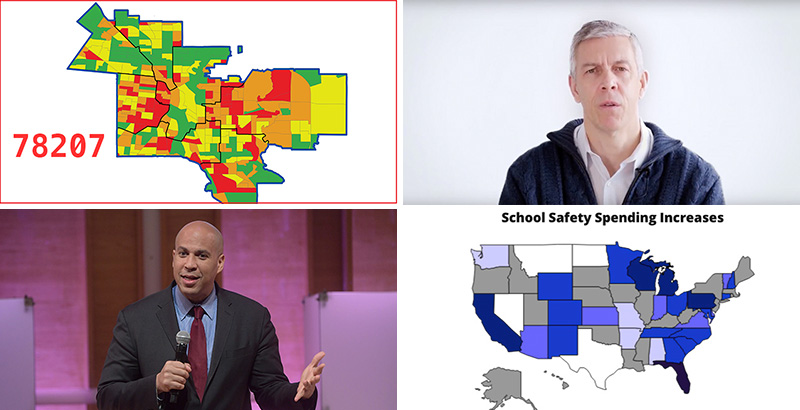
Every month, we round up our most popular and buzzed-about articles from the past four weeks. (Go deeper: See all our 2018 monthly highlights right here)
From an investigation into how New York City disciplines its teachers to a deep exploration of a groundbreaking school integration effort now underway in Texas and an exclusive sit-down with Sen. Cory Booker to talk about school reforms he launched while mayor of Newark, New Jersey, it was a busy month for our newsroom. (FYI: You can always get our top news and analysis delivered right to your inbox by signing up for The 74 Newsletter)
Here are the most read, shared, and buzzed-about articles from September:
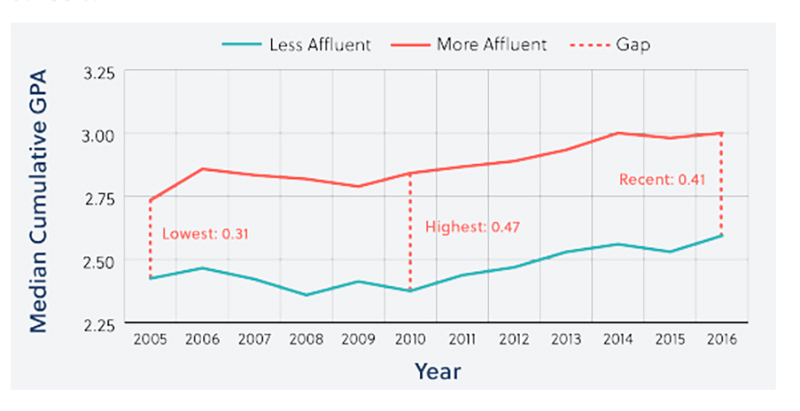
Study: GPAs and high school graduation rates have been rising in recent years, even as students scores on assessments like NAEP and the SAT have largely stayed stagnant. Research released this month by the Fordham Institute provides more evidence of widespread grade inflation: In a study of more than 1 million North Carolina students, researcher Seth Gershenson found that huge numbers of kids who received B grades in Algebra 1 didn’t score proficient on their end-of-course exam. Even more disturbing — while average GPAs have risen across the state, they’ve shot up faster in affluent schools. Kevin Mahnken summarizes the new findings.
Big Picture: Throughout the summer, The 74 presented an array of maps and charts examining specific aspects of district policy and classroom behavior in America’s public education system. Taken together, they offered a revealing breakdown of who’s going to school (and teaching) each day in our classrooms and some of the key issues confronting those charged with running your local school district. Now that summer is over and the school year is ramping up, we present seven revealing numbers to help you better understand America’s public school system, from chronic absenteeism to racial diversity, state education policies, and homeless students. See the full list.
Longread: Schools in the San Antonio Independent School District are setting out to understand student poverty in unheard-of ways, going block by block to map the incomes of struggling residents and then opening specialized schools to attract affluent families from beyond its borders, to come and share classrooms with a cross-section of children from lower-income families. Beth Hawkins spotlights this remarkable school integration effort, and the architect behind its socioeconomic design: Mohammed Choudhury, the district’s chief innovation officer, hired by Superintendent Pedro Martinez to get a better grasp on the district’s poverty data and to develop enrollment algorithms that would ensure more integrated classrooms and a more equitable allotment of seats. Read the full profile — and see both our video interview with Choudhury and an animated explainer of the San Antonio socioeconomic integration experiment.
Investigation: Over 16 months between 2015 and 2016, New York City brought incompetence charges against 80 tenured teachers. Department of Education lawyers persuaded arbitrators, whose decisions sometimes exceed 100 pages, to fire 52 of them for failing to provide students with “a valid educational experience” despite repeated efforts by their schools to help them improve. Another 27 were fined or suspended, according to teacher disciplinary records obtained by the The 74. Fines ranged from three days’ pay to $10,000, while the shortest suspension was 20 days and the longest was “not less than 9 months.” Many of the teachers in these cases worked in the city’s poorest neighborhoods at low-performing schools with large populations of homeless and chronically absent students. By and large, their cases are rarely publicized.
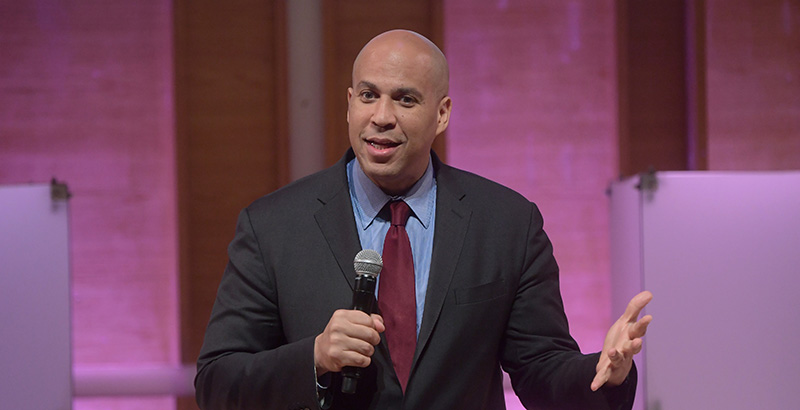
Exclusive: Cory Booker speaks out — Earlier this year, Sen. Booker’s office reached out to contributor Laura McKenna to talk about new studies that he said proved the education reforms he implemented as Newark’s mayor were not a failure, as conventional wisdom held, and actually produced measurable gains for students. Once an outspoken Democrat on education reform, Booker — like many in his party — has largely avoided the topic of late. But now, with a possible presidential run on the horizon, he spoke at length about his trajectory in Newark, equity in education, the new research about student outcomes in the district, and how he enlisted celebrity star power — and dollars — to implement his reforms. Read this 74 exclusive here.

Commentary: Do charter schools take districts’ money? Have you ever heard anyone ask “How much do farmers markets cost Walmart?” Of course not, writes contributor James V. Shuls; it’s a ridiculous question that presupposes the customer belongs to Walmart and is robbing the store of its rightful funds by purchasing produce somewhere else. So why, he asks, does that question make sense when asked about education? His answer: It doesn’t — and the idea that charter schools are somehow robbing districts when students transfer in dehumanizes children, reducing them to mere economic units. Indeed, he writes, this is the fundamental problem with America’s public education system: We presume the tax dollars that fund a child’s education belong to the public school district and the child belongs in a district school seat.
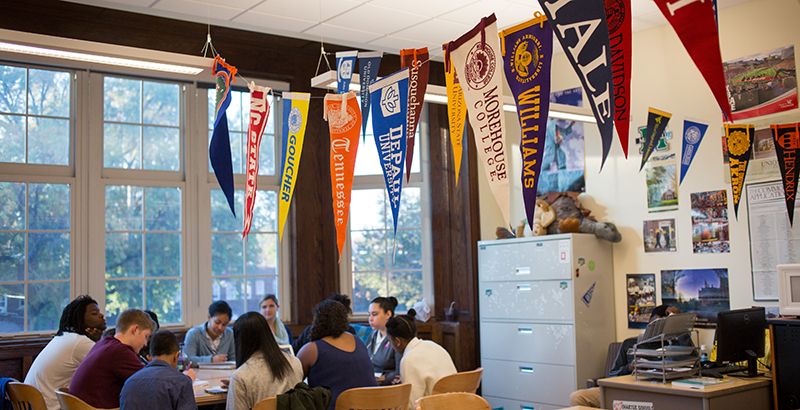
Expectations: Students face many different challenges in school, the advocacy group TNTP says in its new study, “The Opportunity Myth.” But an analysis of classroom practices of 30,000 students in five school districts shows that poorer and minority students systematically receive work assignments appropriate for lower grades and instruction that doesn’t challenge them to think closely — often given by teachers who may care but don’t believe students can succeed with higher standards. The result: graduates with solid high school records who are utterly unprepared for college, who face remediation, and who often drop out. As TNTP makes clear in this three-year analysis, the students have a lot to say about how to fix the problem.
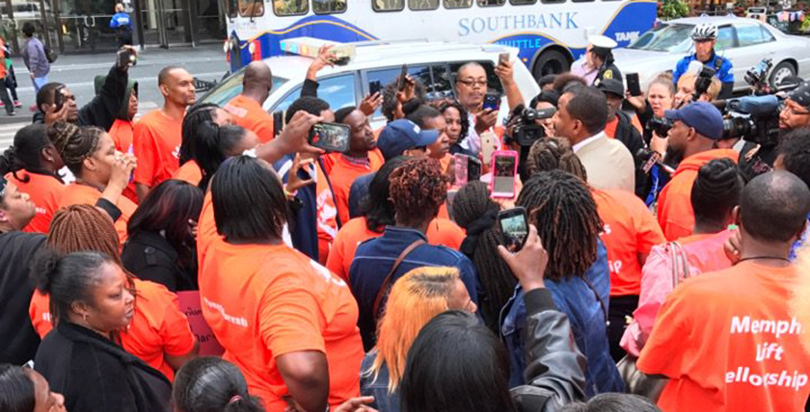
Nation: In July 2017, NAACP leaders asked delegates at their national convention to take home and promote “model legislation” intended to curtail the spread of public charter schools at the state level. The call for a moratorium on schools that largely educate children of color, issued by one of the nation’s premier civil rights organizations, generated lots of heat and fireworks — but in the last year, the NAACP has failed to raise a grassroots army. The proposal made its way onto few legislative agendas, and at this summer’s convention, in the face of shallow support, deep opposition, and bigger fish to fry, the issue barely came up. Beth Hawkins explains.
Video: In the lead-up to the new school year, The 74 interviewed an array of education experts about the current state of America’s schools and the top challenges facing the nation’s education system as states rethink student goals and district accountability under the Every Student Succeeds Act. All eight leaders expressed concerns about the country falling behind others in preparing its high school graduates for a rapidly evolving workforce. And all of them pointed to governors as the elected leaders who must double down in making this issue a priority among state leaders. Featured in our video gallery this morning: Jeb Bush, Arne Duncan, Jim Hunt, Margaret Spellings, Lewis Ferebee, Joel Klein, Hanna Skandera, and Marc Sternberg. See all eight videos right here.
Every month, we round up our most popular and buzzed-about articles from the past four weeks. (Go deeper: See all our 2018 monthly highlights right here)
Get stories like these delivered straight to your inbox. Sign up for The 74 Newsletter

;)
